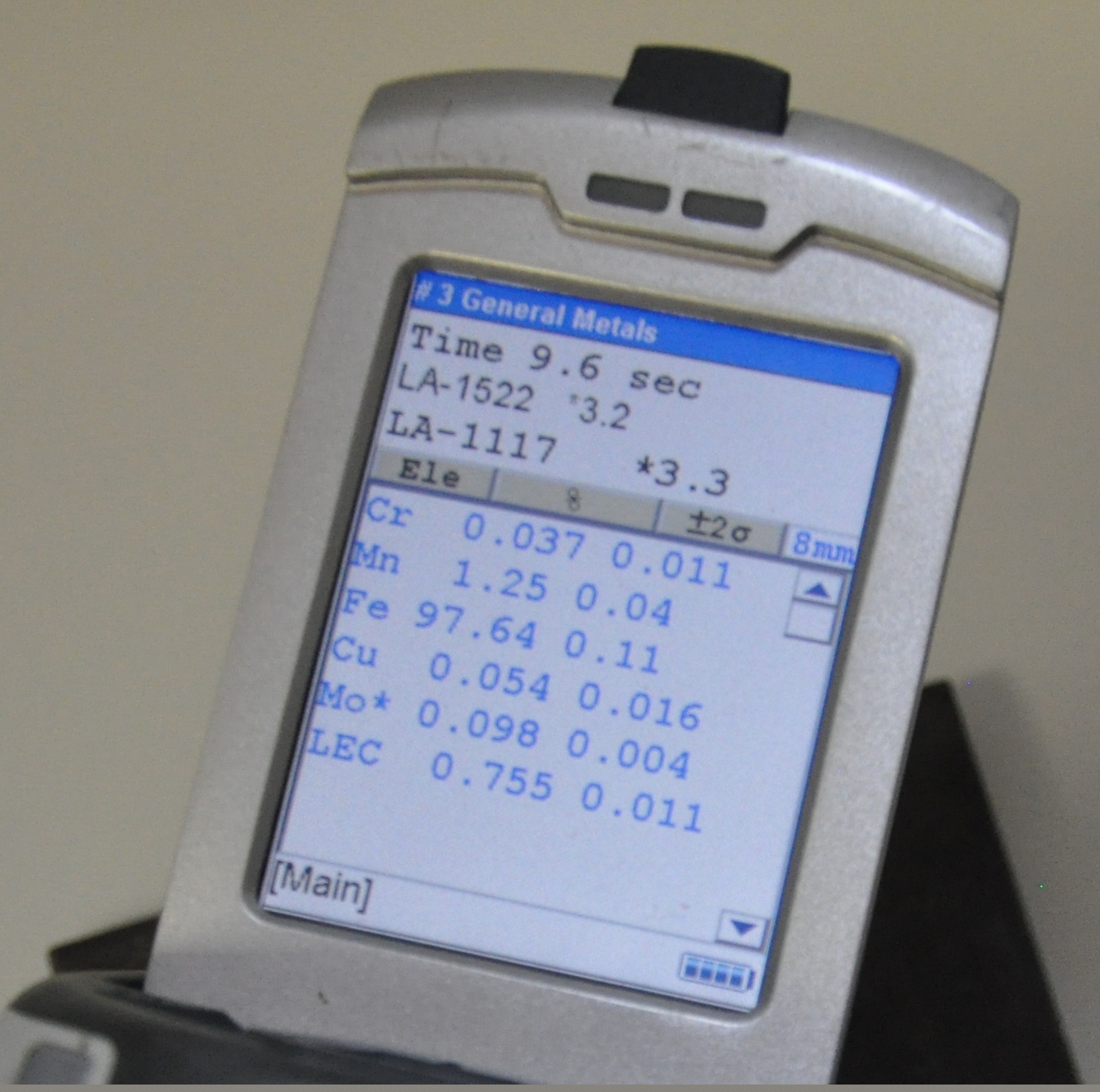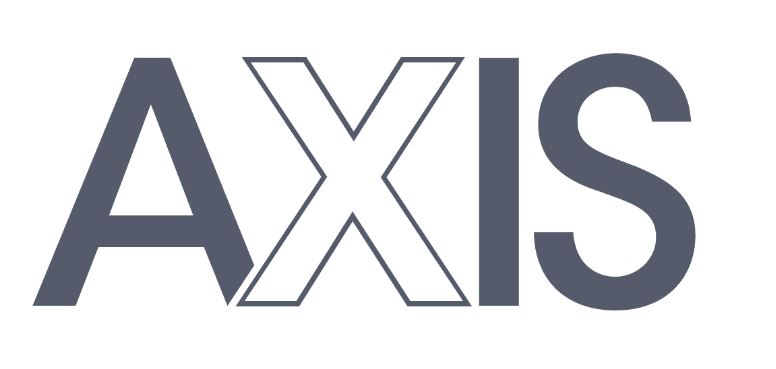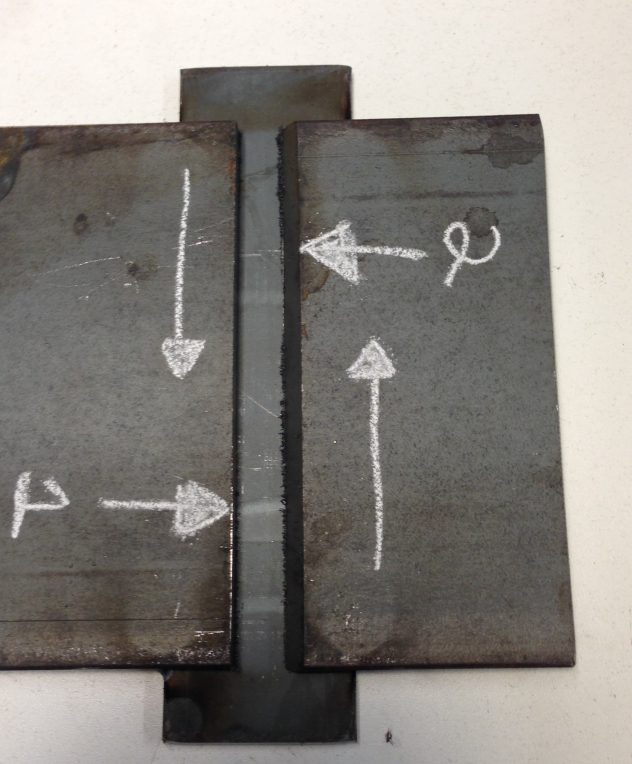
Illuminating Material Composition: The Power of X-Ray Fluorescence (XRF) in Non-Destructive Testing (NDT)
Introduction:
Non-Destructive Testing (NDT) is a cornerstone in ensuring the quality and integrity of materials across various industries. This blog post will highlight the X-ray fluorescence (XRF) method, a powerful NDT technique for analyzing material composition without causing damage.
Understanding XRF:
X-ray fluorescence, commonly known as XRF, is a non-destructive analytical technique that utilizes X-rays to determine the elemental composition of materials. This method is precious for identifying and quantifying elements present in a sample, offering insights into its chemical makeup.
How XRF Works:
1. **X-Ray Excitation:**
– XRF begins with the exposure of a material to high-energy X-rays.
– The X-rays interact with the inner electrons of atoms in the sample, causing them to become temporarily excited.
2. **Elemental Fluorescence:**
– When the excited electrons return to their original energy state, they emit characteristic X-ray fluorescence.
– Each element produces a unique X-ray signature, allowing for identification and quantification.
3. **Detector Analysis:**
– A detector measures the emitted X-rays, producing a spectrum that indicates the material’s elemental composition.
– The intensity of the X-ray peaks correlates with the concentration of each element.
Applications of XRF in NDT:
1. **Material Verification:**
– Ensures that materials meet specified composition requirements in manufacturing processes.
2. **Metal Alloy Analysis:**
– Determines the elemental composition of metal alloys, aiding in quality control and material selection.
3. **Environmental Monitoring:**
– Used in environmental science to analyze soil, water, and air samples for elemental contaminants.
4. **Art and Archaeology:**
– Assists in analyzing pigments, metals, and historical artifacts without causing damage.
Advantages of XRF in NDT:
1. **Non-Destructive Nature:**
– Allows for thorough analysis without altering or damaging the tested material.
2. **Rapid Results:**
– Provides quick and real-time elemental information, expediting decision-making processes.
3. **Versatility:**
– Applicable to various materials, from metals and alloys to geological samples.
Conclusion:
X-ray fluorescence (XRF) is a beacon in Non-Destructive Testing, offering a noninvasive yet powerful method for analyzing material composition. From ensuring manufacturing quality to unraveling historical mysteries, XRF’s versatility makes it an invaluable tool across diverse industries. As technology advances, XRF remains at the forefront, contributing to the precision and efficiency of material analysis in the pursuit of quality and integrity.






